Explore the Everest Base Camp via Gokyo Lakes, combining stunning glacial lakes, panoramic mountain views, and a thrilling high-altitude adventure.
Trip Facts
Explore More Trekking Packages in Himalayanwalkers
The Everest Base Camp trek is a legendary journey that draws over 40,000 trekkers every year. Starting from the thrilling Lukla airstrip, the route leads into the heart of the majestic Himalayas. Along the trail, trekkers witness stunning views of Everest, Lhotse, and Nuptse. This adventure offers more than just mountains; it’s a deep dive into the Sherpa culture. You’ll explore ancient monasteries, vibrant mountain villages, and the spiritual soul of the Khumbu region. Visiting Everest Base Camp is a bucket-list goal for many and a once-in-a-lifetime experience. It combines natural beauty, personal triumph, and cultural immersion into one unforgettable trek.
Adding Gokyo Lakes to the classic Everest Base Camp route elevates the experience to a new level. These high-altitude turquoise lakes are among the world’s highest freshwater systems. Located near the Ngozumpa Glacier, they rest peacefully at elevations close to 5,000 meters. The lakes are both breathtaking and spiritually important to Hindus and Buddhists alike. Worshipped as the home of the snake god, Nag Devta, they offer more than scenic views—they offer peace. Trekkers will enjoy quieter trails, fewer crowds, and unmatched Himalayan landscapes. This extended route blends adventure, nature, and culture like no other trek in Nepal.
Overview
The Everest Base Camp (EBC) trek is one of the most popular trekking routes in the world, attracting around 40,000 adventurers every year. Starting from Lukla, this iconic trek takes you through the heart of the Himalayas, offering breathtaking views of the world’s tallest peaks, including Everest, Lhotse, and Nuptse. Visiting EBC is considered a once-in-a-lifetime experience, as it allows trekkers to witness the grandeur of the Khumbu region and the cultural richness of the Sherpa community.
On the other hand, the Gokyo Lakes, situated in the lap of Mount Everest and within the boundaries of Sagarmatha National Park, provide a unique and awe-inspiring addition to the classic EBC trek. These lakes are the highest freshwater lakes in the world, located at altitudes of up to 5,000 meters above sea level. There are six main lakes in this area, with Thonak Lake being the largest. These pristine, turquoise lakes are fed by the Ngozumpa Glacier, the longest glacier in the Himalayas.
What sets the Gokyo Lakes apart is their surprisingly higher oxygen levels, even at such high altitudes, which makes them a fascinating natural phenomenon. These lakes are not just a visual spectacle but also hold great spiritual significance. They are regarded as sacred sites where both Hindus and Buddhists take holy dips. The lakes are worshipped as the abode of Nag Devta, the snake god, adding a cultural and spiritual dimension to the trek.
The trekking trail for this route follows a scenic and adventurous path, starting from the thrilling Lukla airport. It passes through vibrant villages like Phakding, the Sherpa hub of Namche Bazaar, and remote settlements such as Machhermo and Gokyo Village. The trek continues across the challenging Cho-La Pass, leads to the iconic Kala Patthar for unmatched Everest views, and eventually loops back to Lukla for the return flight to Kathmandu.
Combining the magnificence of Everest Base Camp with the serene beauty of the Gokyo Lakes, this trek offers an unparalleled mix of adventure, natural beauty, and cultural exploration. Whether it’s the adrenaline of reaching Everest Base Camp, the tranquility of the Gokyo Lakes, or the spiritual reverence associated with this region, this trek promises an unforgettable experience for every traveler.
Highlights of the Trek
One of the most captivating features of this trek is the Gokyo Lakes, a chain of pristine, turquoise glacial lakes nestled in the high-altitude valley. These lakes are considered sacred by locals and are a sight to behold. Another highlight is the Gokyo Ri (5,357m) climb, which rewards trekkers with panoramic views of Everest, Lhotse, Makalu, and Cho Oyu—four of the world’s highest peaks.
The trek also includes crossing the Cho La Pass (5,420m), a challenging and exhilarating experience that connects Gokyo Valley to the Khumbu region. Additionally, the journey to Everest Base Camp (5,364m) and the climb to Kala Patthar (5,545m) offer unmatched close-up views of Mount Everest and the Khumbu Glacier, making the trek a dream come true for adventurers.
Why Choose Everest Base Camp via Gokyo Lakes?
This route is perfect for those seeking a quieter, more scenic alternative to the classic EBC trek. The addition of Gokyo Lakes and Gokyo Ri offers a unique perspective of the Everest region, with fewer crowds and more opportunities to immerse yourself in nature and culture.
If you’re ready to experience the adventure of a lifetime, consider booking your trek to Everest Base Camp via Gokyo Lakes with Himalayan Walkers!
Best Time to Trek
- Spring (March to May): Clear skies, blooming rhododendrons, and warmer temperatures.
- Autumn (September to November): Crisp air, stunning mountain views, and stable weather.
Trek Difficulty
This trek is classified as challenging due to its high altitude, long trekking days, and the crossing of Cho La Pass. Proper acclimatization and physical preparation are essential.
Packing Essentials
- Warm layers, down jackets, and thermal wear.
- Sturdy trekking boots and poles.
- Sleeping bag rated for -15°C.
- Water purification tablets and snacks.
- First aid kit and personal medications.
Visit “Know Before you Plan Visiting Nepal” Section for details
Trip Highlights
- Trekking through Higher altitude.
- Sagarmatha National Park, highest altitude national park.
- Sherpa Culture & Himalayan Buddhism.
- Kalapatthar & Gokyo Ri: two astonishing viewpoints.
- Gokyo Lakes as natural & spiritual venue.
- A must reach Everest Base Camp.
- Guided city Tour in Kathmandu Valley


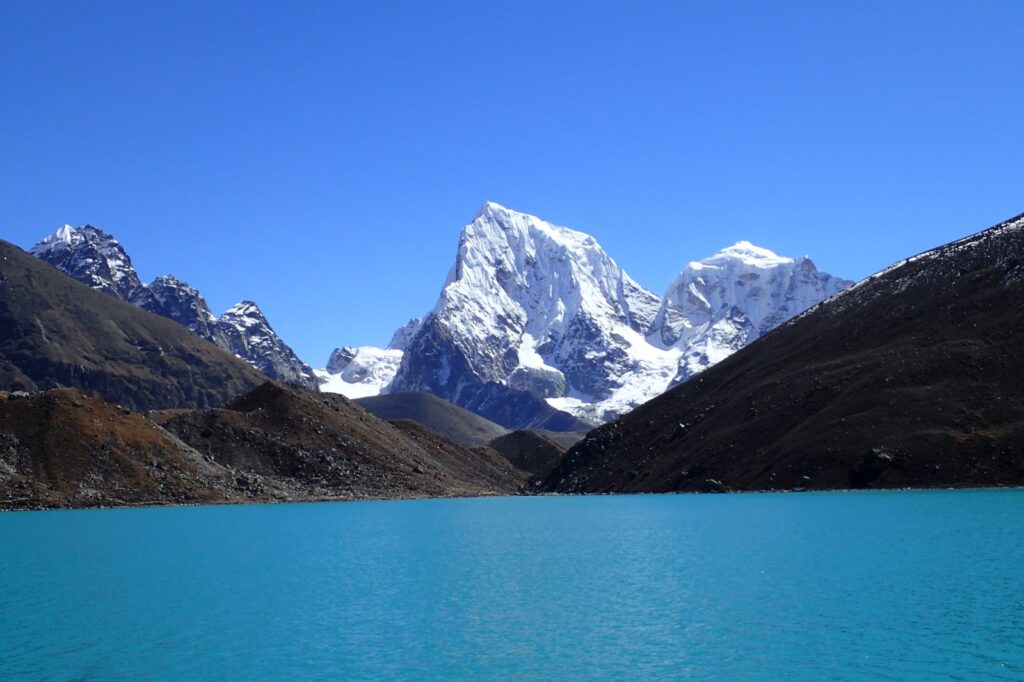
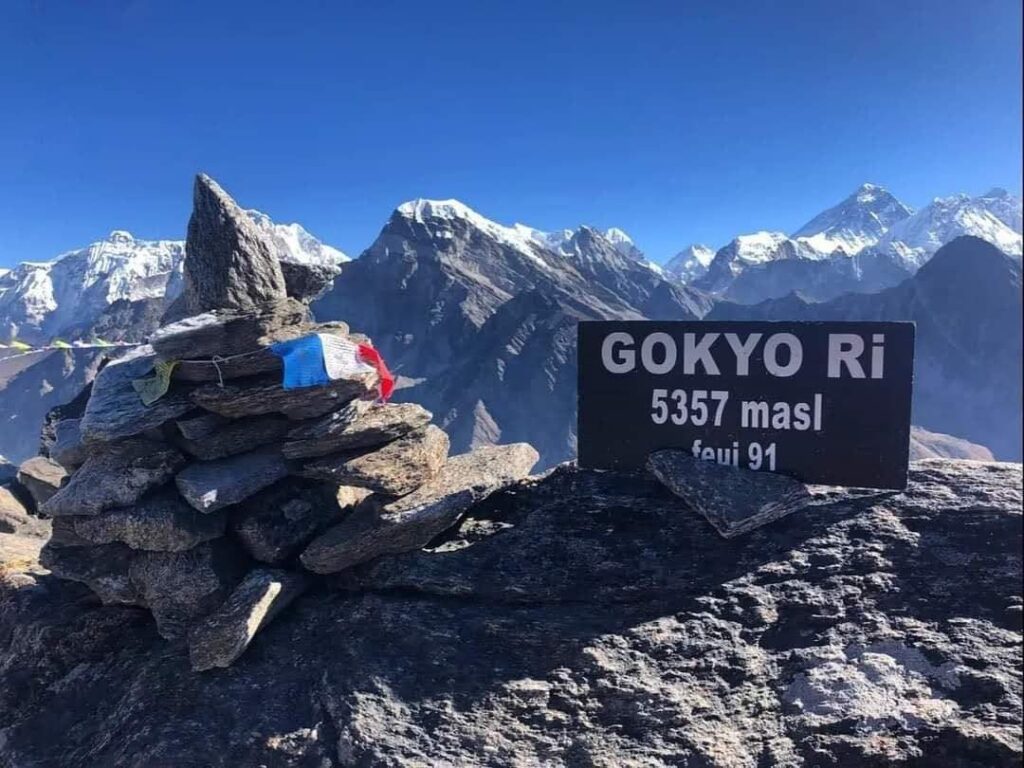



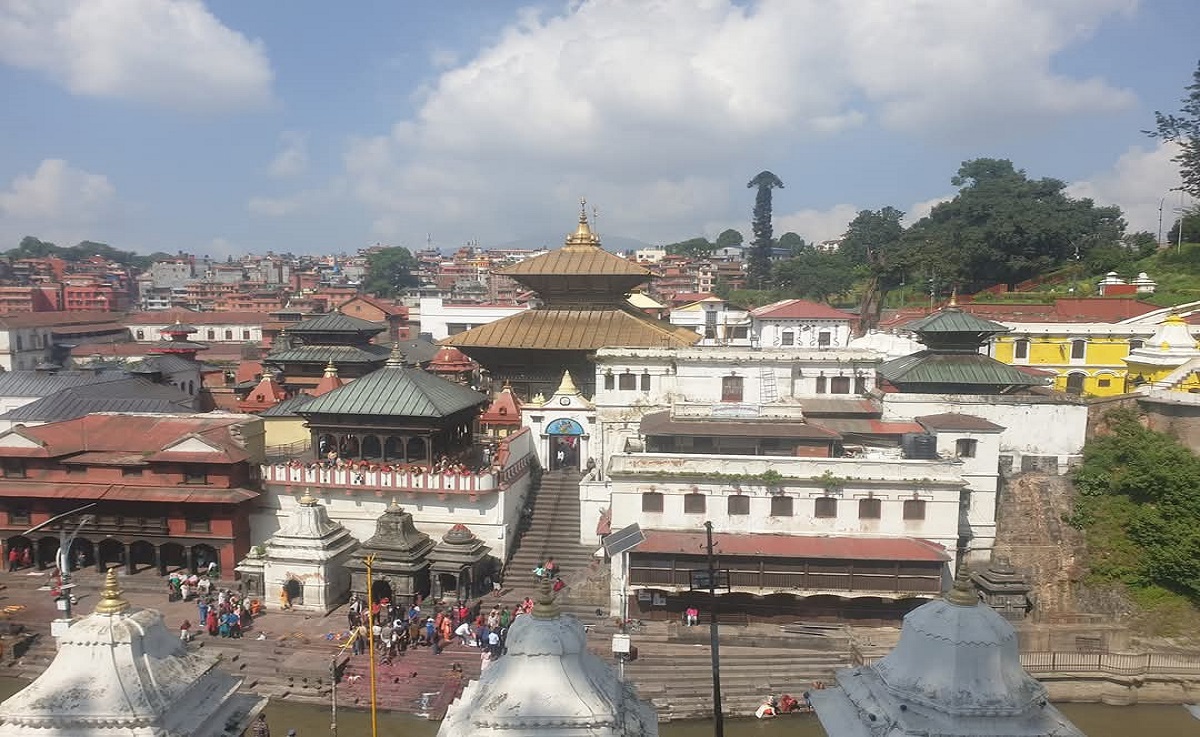








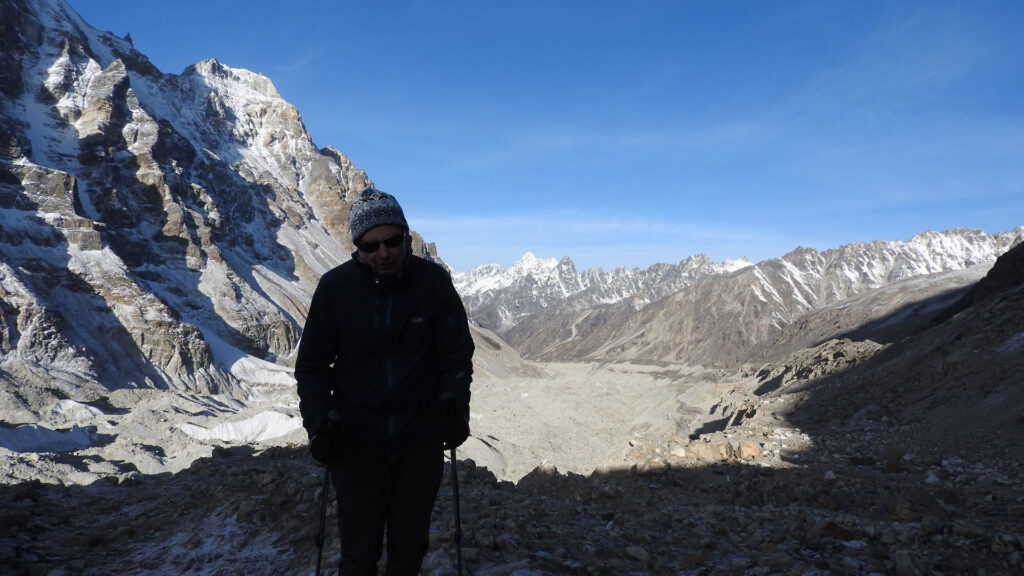
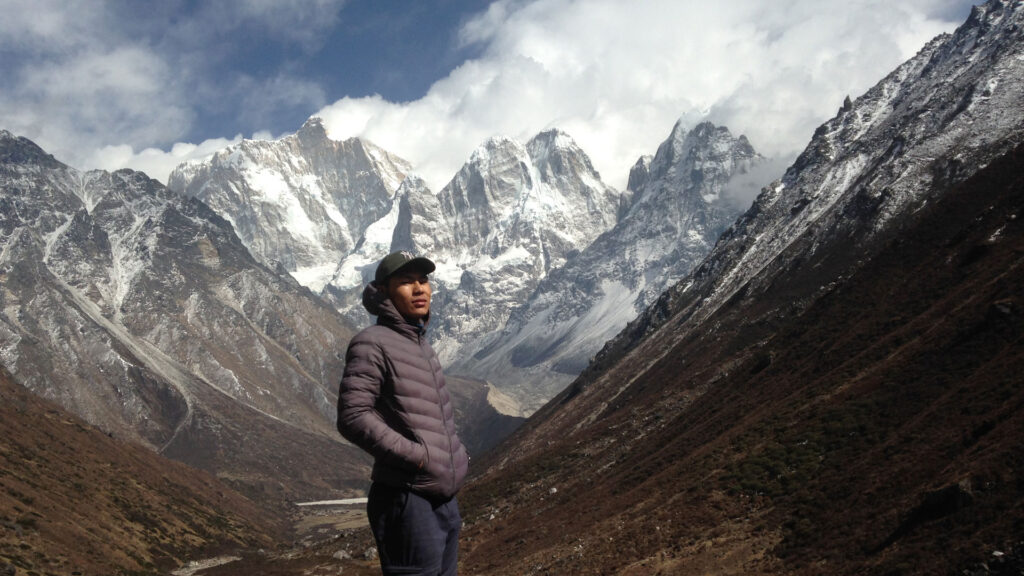
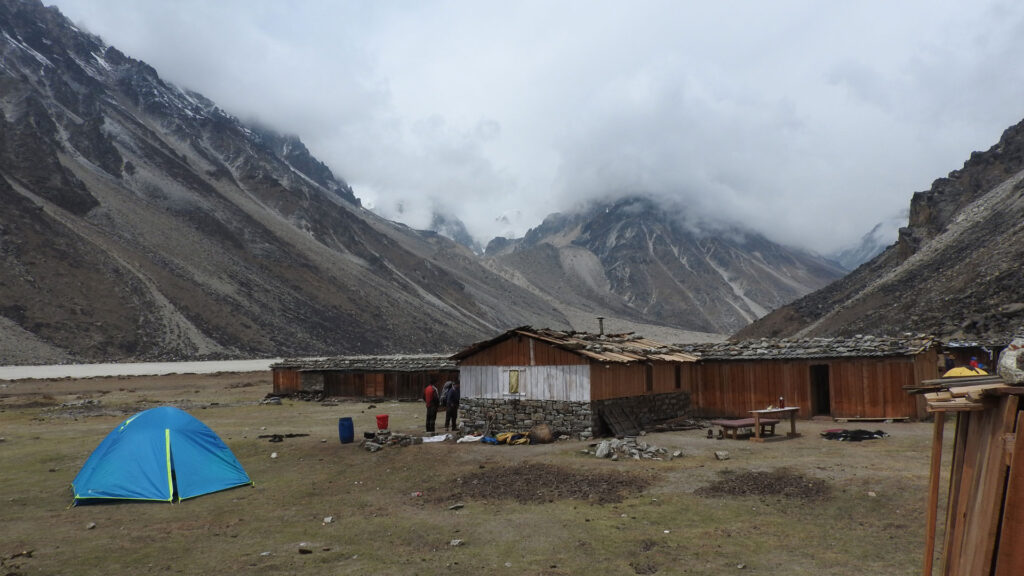
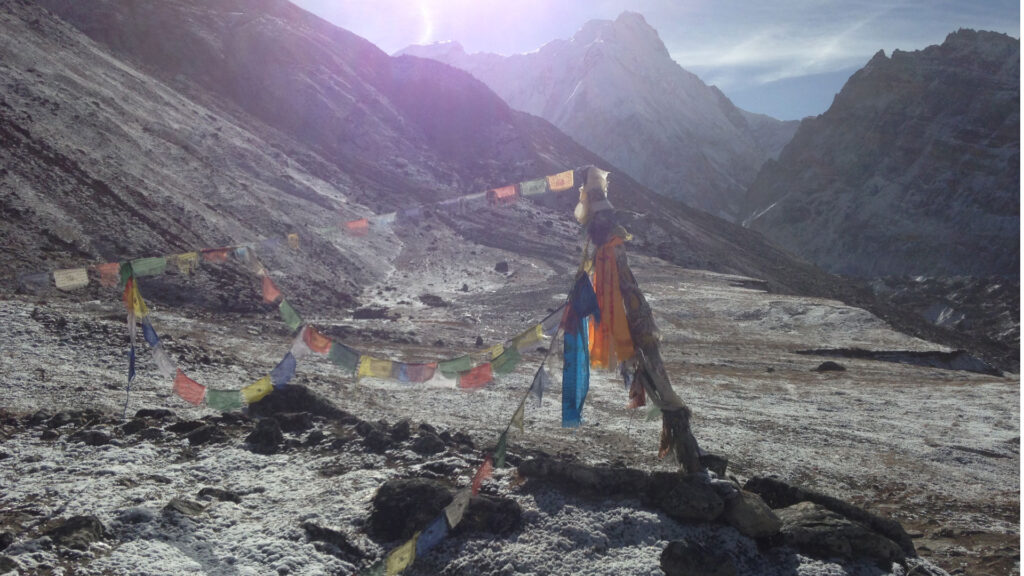


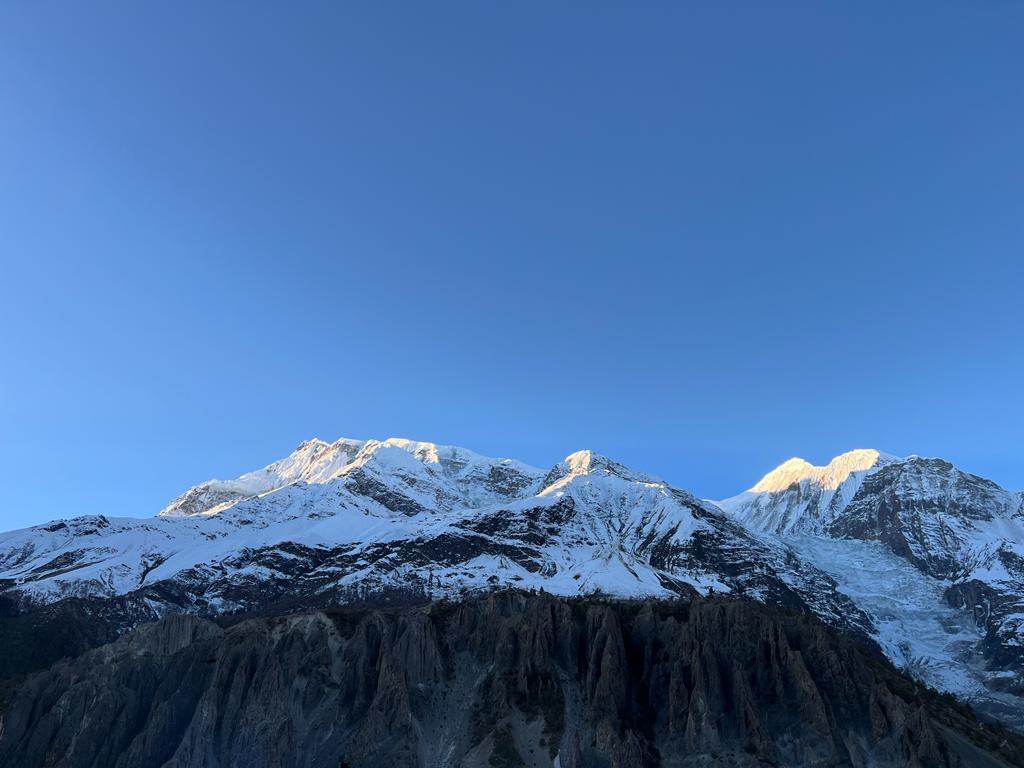
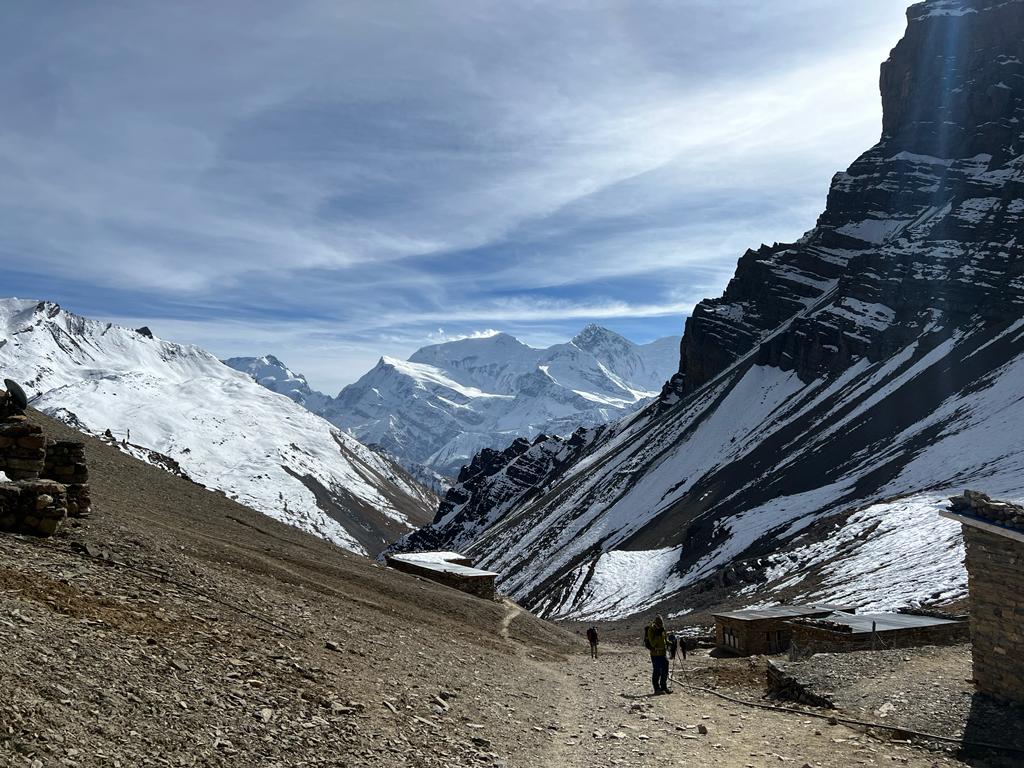
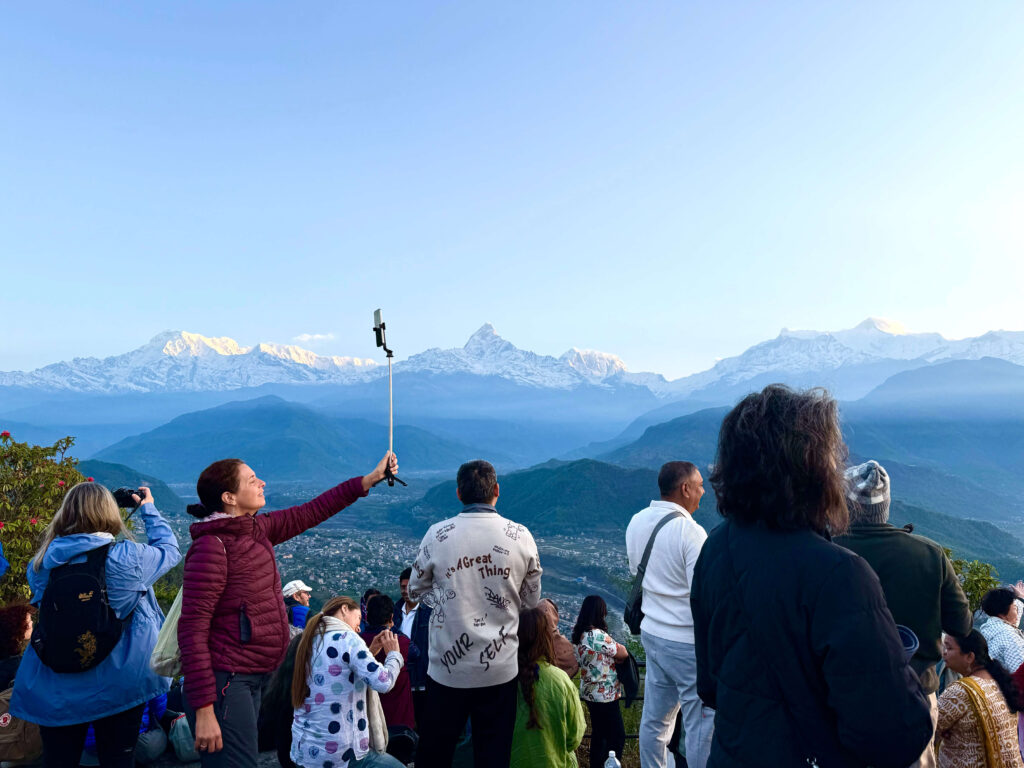
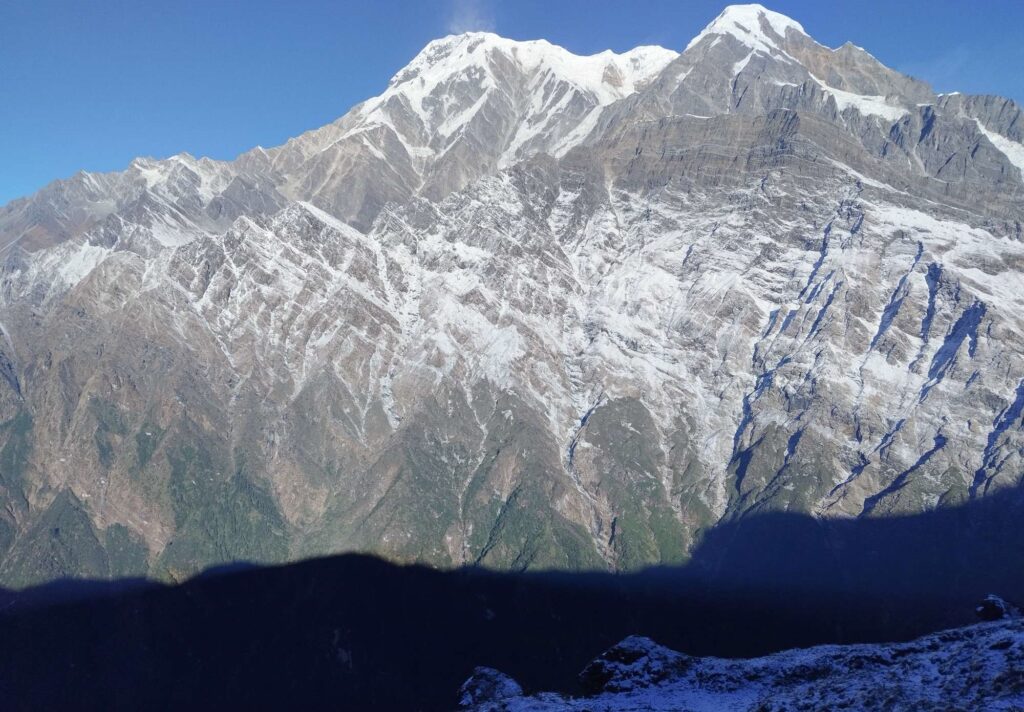


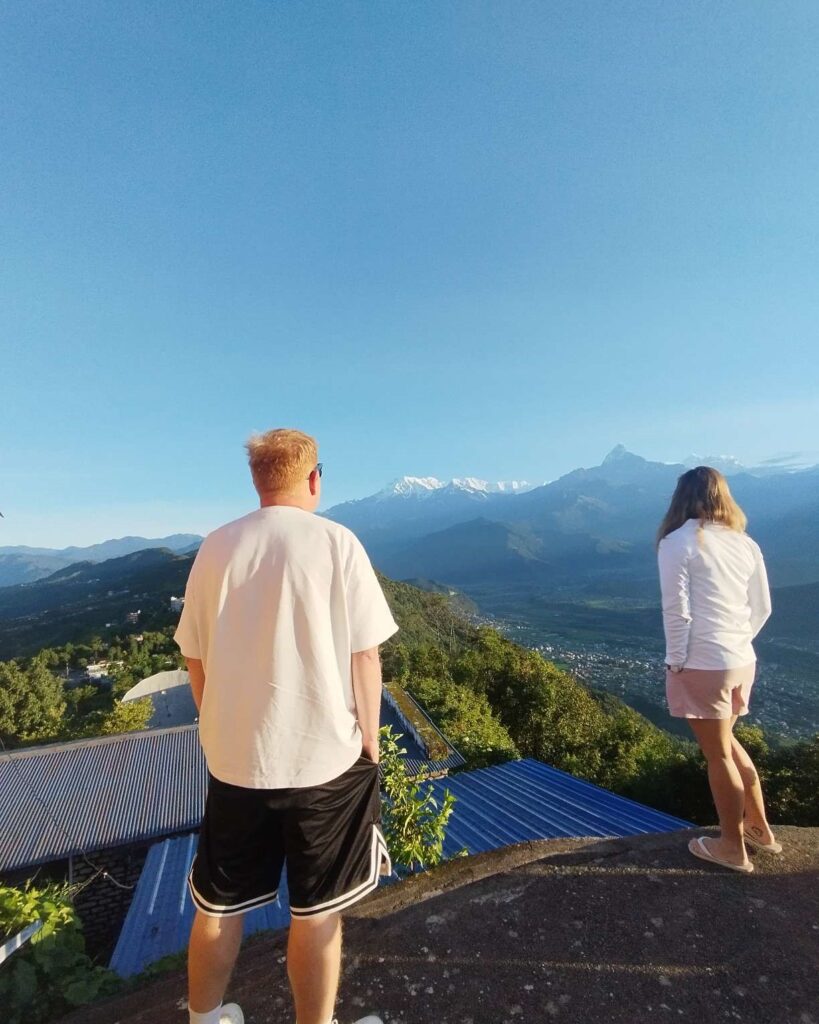
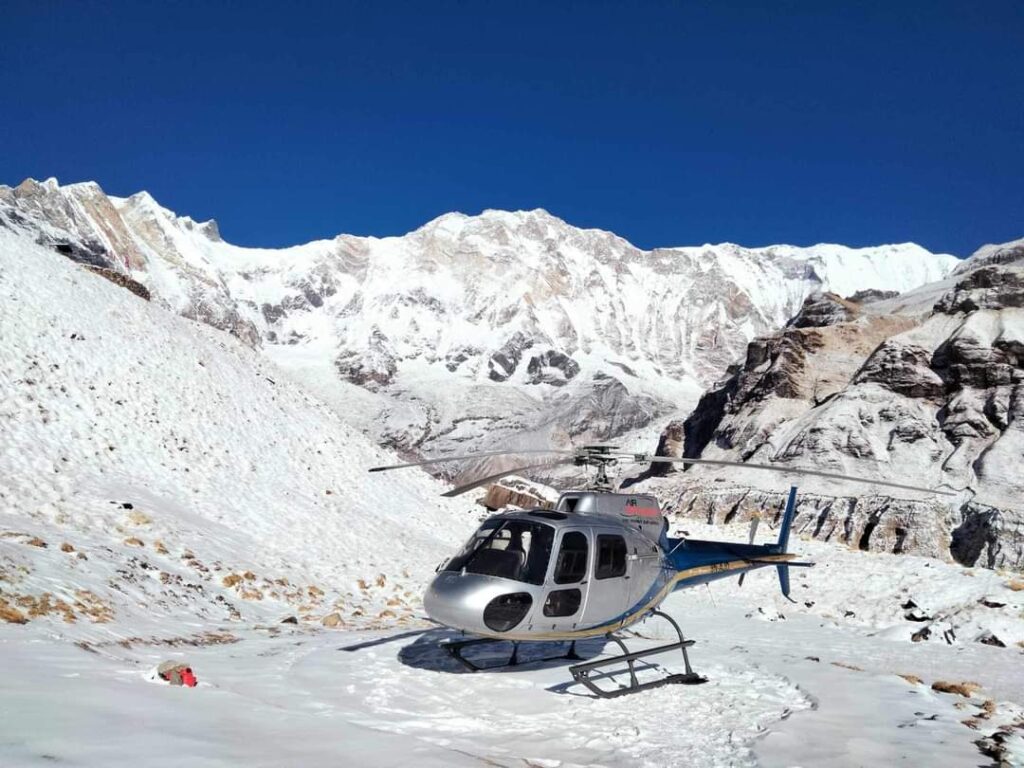
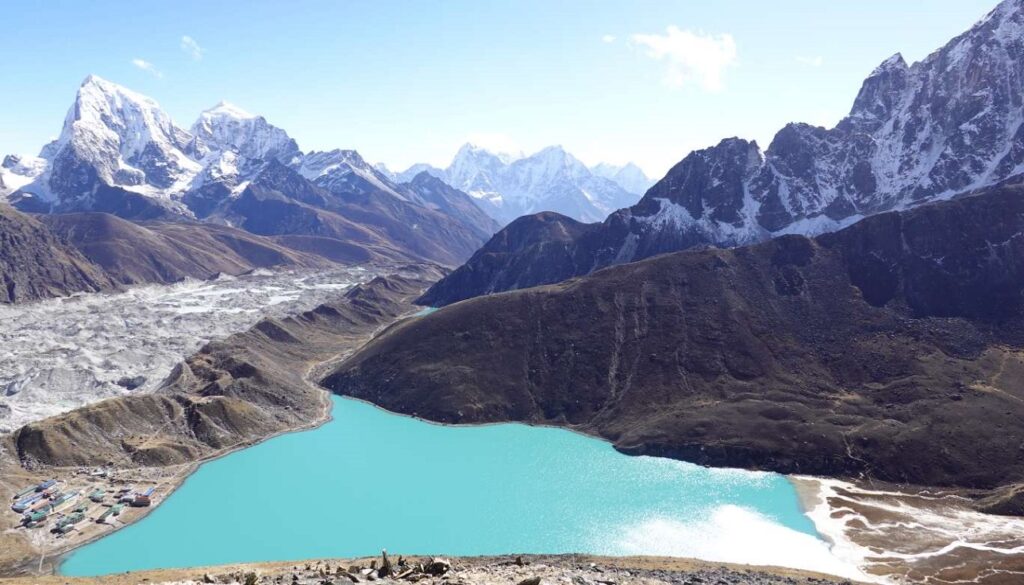
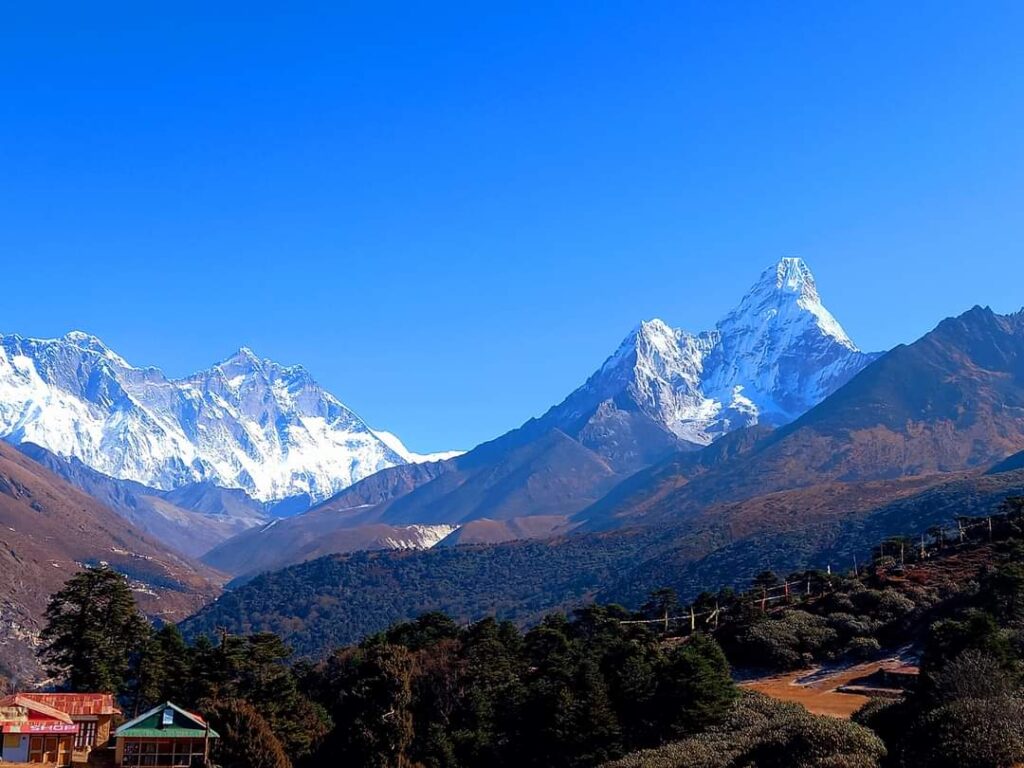





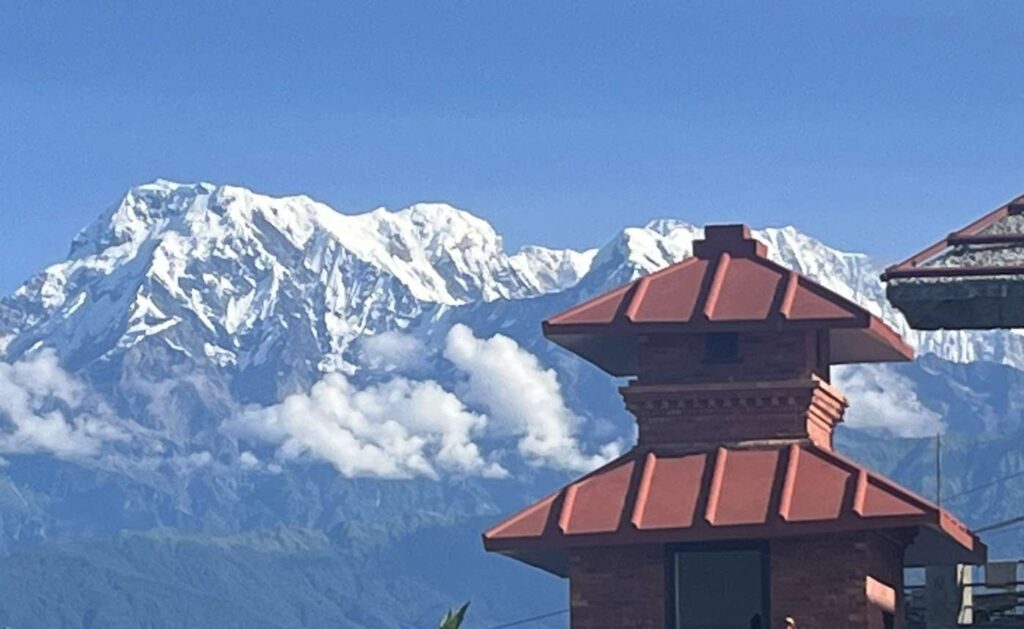


Write a Review